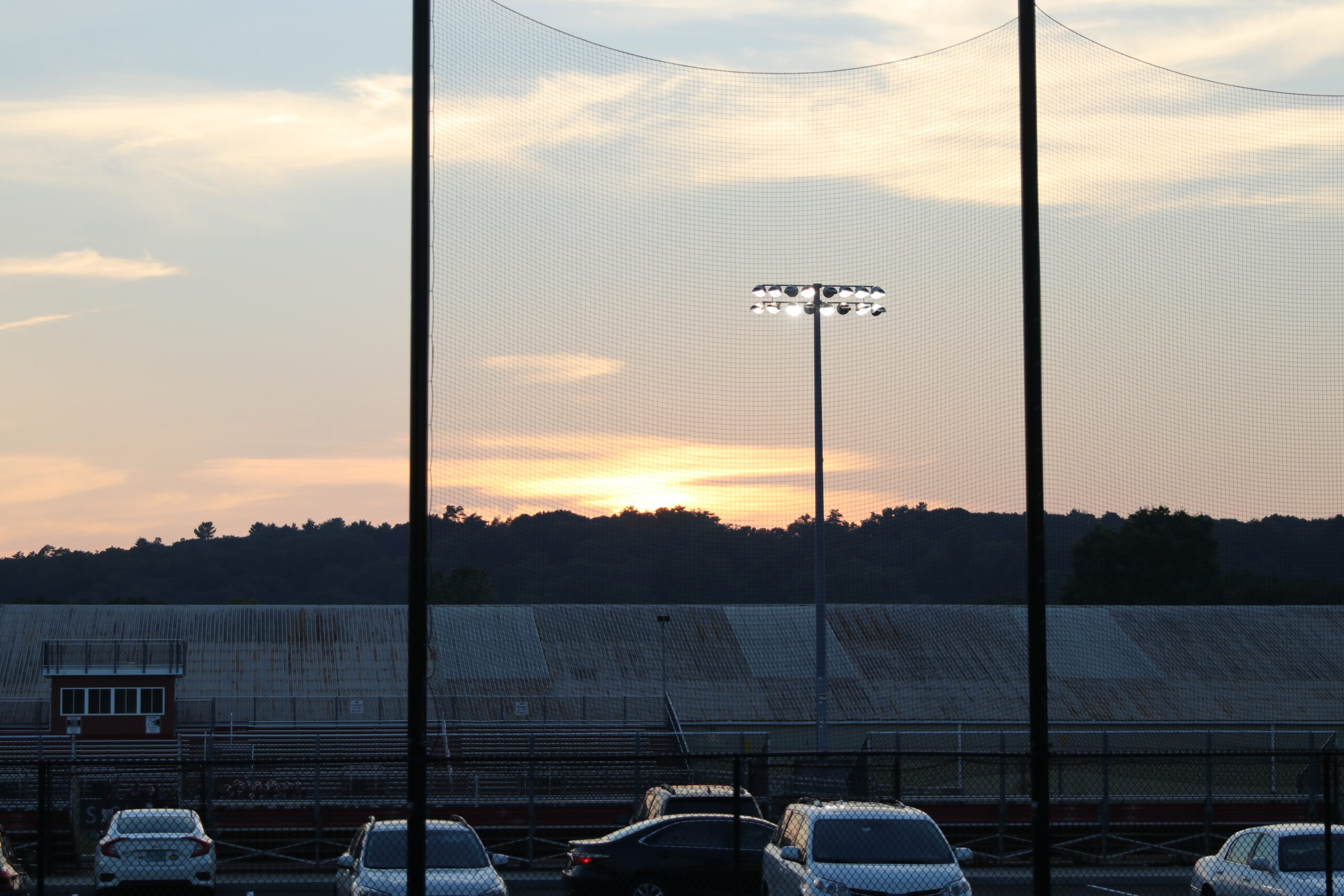Photo: High electrical usage expected Thursday
With high temperatures forecast on Thursday to reach the mid-90s, Belmont Light is asking customers to power down their electrical appliances tomorrow afternoon.
“With hot temperatures returning to the area and more residents home from summer vacations, we are predicting that Thursday, September 7 will be a day of peak energy usage in Belmont,” said the utility’s press release sent on Sept. 6.
With that in mind, Belmont Light requests residents to reduce their electricity usage from 5 p.m. to 7 p.m. on Thursday, Sept. 7 as much as possible to keep costs lower and our energy supply cleaner.
There are simple, concrete things that you can do at home to help keep Belmont Light’s demand peak low, including:
- Turn the target temperature on thermostats and window unit air conditioners slightly higher. Even a two-degree change in room temperature can make a massive change for you and Belmont Light while not being noticeable to you and your family.
- Do not do laundry during the peak demand time period. Shift your use of your clothes washer and dryer to before 5 p.m. or after 7 p.m.
- Cook dinner on the grill instead of using your oven and other appliances. Using your kitchen’s oven also has the negative effect of raising your home’s overall temperature.
- Turn off and unplug non-essential electronic devices, especially ones not in use. Examples like televisions, computers, and video game consoles, even when not in use, may still draw electricity.
In the release, Belmont Light shows how reducing consumption at this time is a net benefit to customers’ wallets and the environment:
Peak energy usage costs more for Belmont Light and you. When demand for electricity on the New England grid rises above levels that are not typically available, ISO-NE must call on “peaker plants” to go online to provide backup generation. These plants charge a higher rate than typical generators, with a premium placed on their availability during these peak times. Additionally, utilities like Belmont Light are charged by ISO-NE for the highest amount of demand that they have during these peak times, known as the coincident peak. Belmont Light and other utilities must pay year-round for the potential of reaching this coincident peak.
Peak energy generation tends to be from fossil fuel sources, like gas and oil. In situations of peak demand, the peaker plants that ISO-NE calls on for emergency generation must be ready to fire up on short notice.








Leave a Review or Comment